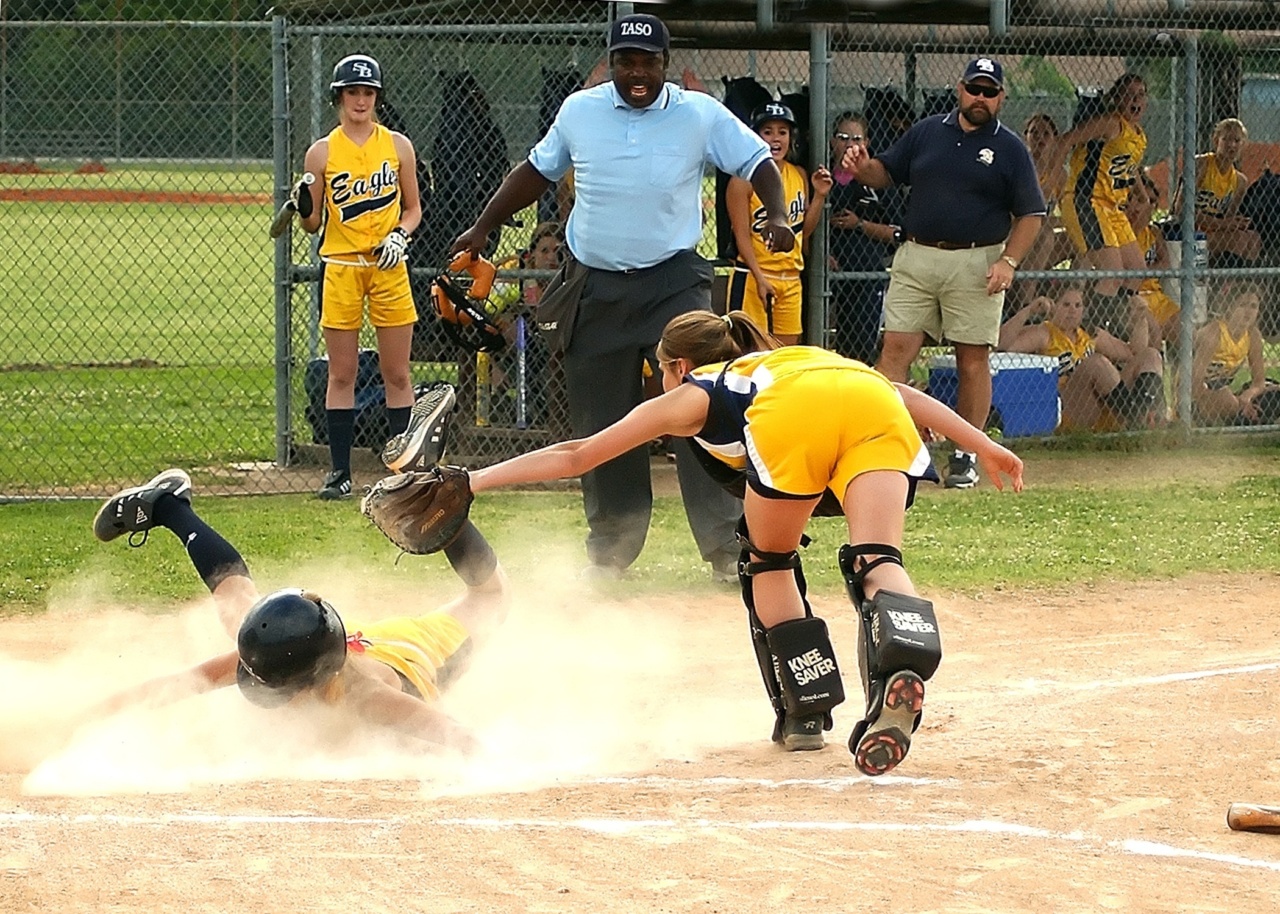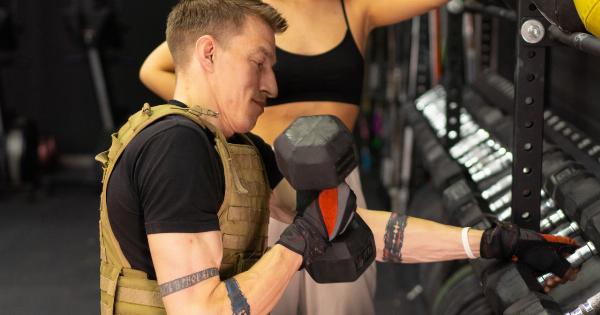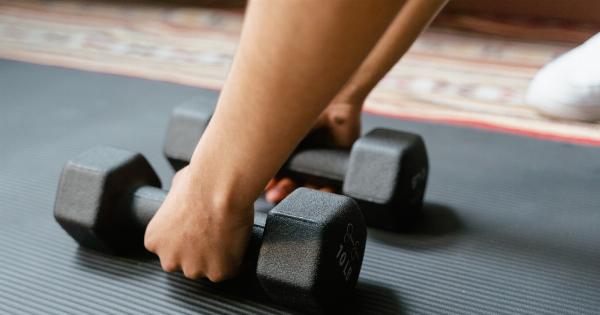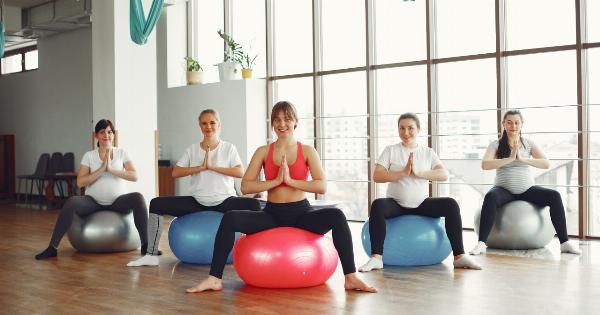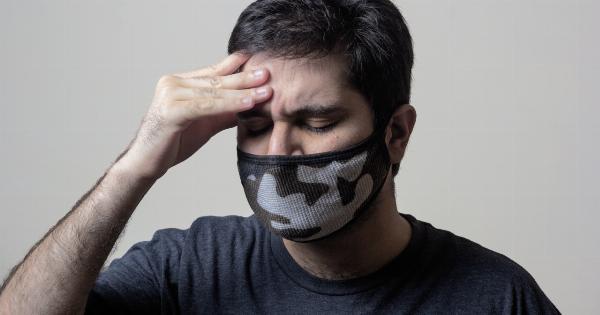Exercising in the cold weather can be invigorating and refreshing, but many people wonder if it’s safe. The truth is, as long as you take proper precautions, exercising in the cold can be not only safe but also highly beneficial.
In fact, cold-weather workouts can increase your calorie burn, improve your endurance, and boost your mental health. However, it’s essential to be informed and aware of the potential risks and how to mitigate them. In this article, we’ll explore the safety considerations of exercising in the cold and provide you with helpful tips to stay safe and healthy.
The benefits of exercising in the cold
Exercising in cold weather conditions can offer several unique benefits that aren’t present in warm or moderate temperatures. Let’s take a closer look at these advantages:.
1. Increased calorie burn: When you exercise in the cold, your body works harder to keep your internal temperature stable. This extra effort results in increased calorie burn.
2. Improved endurance: Cold weather can strengthen your cardiovascular system and improve your endurance levels. The cooler air helps reduce overheating, allowing you to exercise for more extended periods.
3. Enhanced mental health: Outdoor exercise in the cold can have a positive impact on your mental well-being. Cold weather releases endorphins and can help reduce stress and anxiety levels.
Potential risks of exercising in the cold
While exercising in the cold has its benefits, it’s crucial to be aware of the potential risks involved. Below are some of the risks associated with cold-weather workouts:.
1. Hypothermia: Prolonged exposure to the cold can lead to hypothermia. It occurs when your body loses heat faster than it can produce, resulting in dangerously low body temperatures.
2. Frostbite: Exercising in extremely cold temperatures can increase the risk of frostbite. Frostbite occurs when the skin and underlying tissues freeze, leading to tissue damage.
3. Breathing difficulties: Cold air can irritate the airways and trigger breathing difficulties, particularly for individuals with asthma or other respiratory conditions.
Tips for exercising safely in the cold
To ensure your safety and well-being while exercising in the cold, follow these tips:.
1. Dress in layers: Layering your clothing can trap heat, insulate your body, and allow you to remove or add layers as needed.
2. Protect your extremities: Keep your head, hands, and feet warm by wearing a hat, gloves, and thick socks. These areas are more susceptible to frostbite.
3. Stay hydrated: Even in cold weather, staying hydrated is crucial. Cold air can be dehydrating, so drink water before, during, and after your workout.
4. Warm-up properly: Take the time to warm up your muscles indoors before heading outside. Cold muscles are more prone to injury, so warm them up with dynamic stretches.
5. Choose the right time: Plan your workout during the warmest part of the day to minimize your exposure to extreme cold temperatures.
6. Protect your skin: Apply a layer of moisturizer to your face and any exposed skin to provide protection against the cold and wind.
7. Be mindful of the wind chill: Wind can make the temperature feel much colder and increase the risks of frostbite. Check the wind chill before heading out and adjust your plans accordingly.
8. Be cautious of icy surfaces: Walk or run on cleared paths to avoid slips and falls on ice. Shoes or boots with good traction are essential.
9. Listen to your body: If you start feeling excessively cold, experience numbness or tingling, or notice any signs of hypothermia or frostbite, seek shelter and warmth immediately.
Conclusion
Exercising in the cold can be safe and highly beneficial if you take proper precautions. Remember to dress appropriately, protect your extremities, and be aware of your limits and the signs of cold-related health risks.
By following the tips provided in this article, you can enjoy the many advantages of cold-weather workouts while minimizing the potential hazards. Stay active, stay safe, and embrace the invigorating experience of exercising in the cold!.
